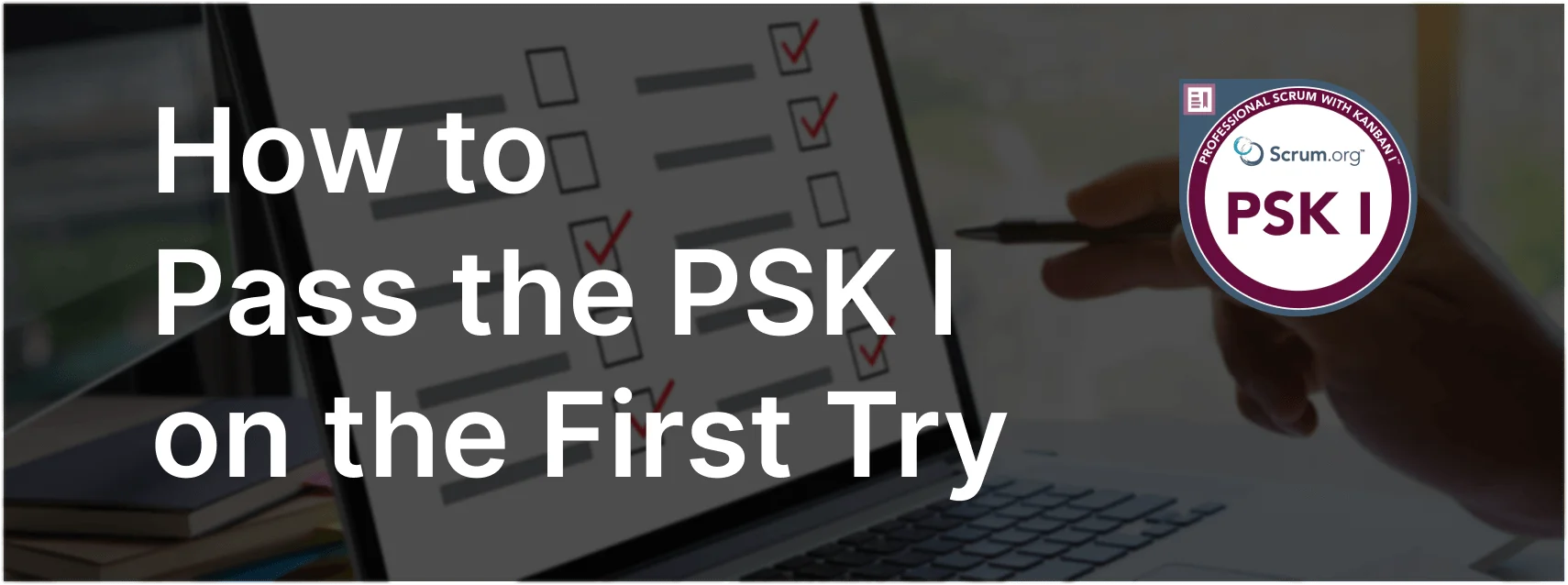Understanding Service Level Expectation (SLE) in a Scrum Team
Service Level Expectations (SLE) are critical for managing stakeholder expectations and setting realistic goals for work completion within a Scrum Team.
Exam Question
What does it mean when a Scrum Team chooses to communicate an 85% 5-day service level expectation (SLE)?
(choose the best answer)
A. In the last Sprint the team has been able to complete 85% of Product Backlog items within 5 days of starting work on the item.
B. The team promises to have 85% of all Product Backlog items done within 5 days.
C. The team can get any critical system backup within 5 days.
D. The team expects they will complete a work item within 5 days of when they start working on it 85% of the time.
Correct Answer
D. The team expects they will complete a work item within 5 days of when they start working on it 85% of the time.
Explanation
Correct Answer
D. The team expects they will complete a work item within 5 days of when they start working on it 85% of the time:
This answer accurately reflects the meaning of a service level expectation. The team is communicating that, based on their historical data and performance, there is an 85% likelihood that any given work item will be completed within 5 days of starting it. This SLE helps manage expectations by providing a probabilistic forecast rather than a guarantee.
Why the Other Options Are Less Effective
A. In the last Sprint the team has been able to complete 85% of Product Backlog items within 5 days of starting work on the item:
This statement reflects past performance but does not set an expectation for future work completion rates.
B. The team promises to have 85% of all Product Backlog items done within 5 days:
This implies a guarantee or promise, which is not the same as a probabilistic expectation. SLEs are about setting expectations based on probability, not making promises.
C. The team can get any critical system backup within 5 days:
This statement is unrelated to the concept of an SLE in the context of Scrum and Kanban practices. It refers to a specific operational task rather than a general work item completion expectation.
Importance of Service Level Expectations
- Managing Expectations: SLEs help manage stakeholder expectations by providing a realistic forecast of when work items will be completed.
- Data-Driven Decisions: SLEs are based on historical data, making them more reliable and helping teams make informed decisions.
- Improving Predictability: By communicating SLEs, teams can improve predictability and build trust with stakeholders.
Effective Practices for Setting SLEs
- Historical Data Analysis: Use historical performance data to set realistic and achievable SLEs.
- Regular Review: Continuously review and adjust SLEs based on current performance and changing conditions.
- Transparency: Communicate SLEs clearly to stakeholders to manage their expectations effectively.
Relevance to the PSK I Exam
Understanding how to set and communicate SLEs is crucial for the PSK I exam. It demonstrates knowledge of managing workflow and setting realistic expectations within a Scrum Team.
Key Takeaways
- An 85% 5-day SLE means the team expects to complete a work item within 5 days of starting it 85% of the time.
- SLEs are probabilistic forecasts based on historical data, not guarantees.
- Setting and communicating SLEs helps manage stakeholder expectations and improve team predictability.
Conclusion
Communicating an 85% 5-day service level expectation means the team expects to complete a work item within 5 days of starting it 85% of the time. This helps manage expectations and improve predictability. For more information on preparing for the PSK I exam, visit our Professional Kanban PSK I™ Exam Prep.



